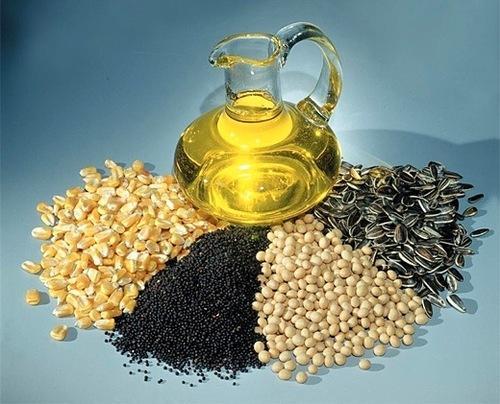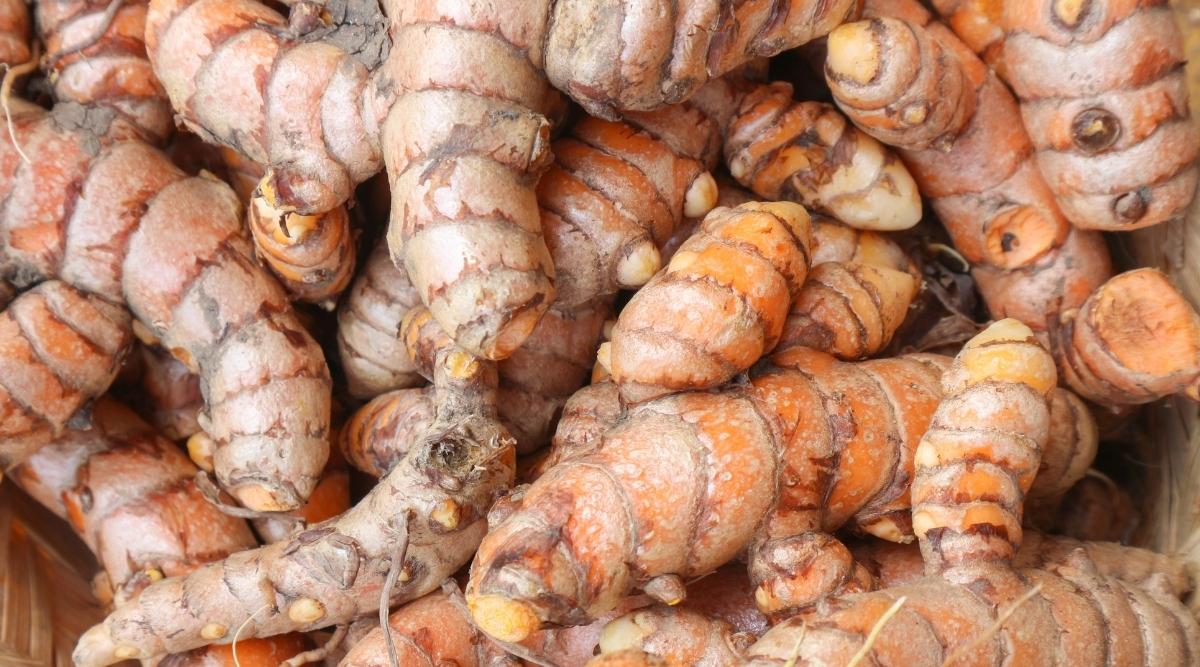Due to the ban on the export of broken rice and the 20% export tax on some varieties of non-basmati rice, India’s rice exports are predicted to fall by 4-5 million tonnes (mt) in the current fiscal year from a record 21 mt in 2021–22. According to V Krishna Rao, president, of All India Rice Exporters Association, “Higher realization from the exports tax imposed can’t compensate for the loss in volume of exports.”
Broken rice made about 20% of the 17 mt of non-basmati rice exports during the previous fiscal year. Prior to the application of the export duty, India was exporting non-basmati rice for about $ 360 per tonne. It will now be transported for $430–440 per tonne, which is on par with Vietnam’s and Thailand’s competitors’ rates. Vijay Setia, a leading exporter, claims that shipments of high-value basmati rice are projected to be robust due to demand from nations like Saudi Arabia, Iran, and the UAE.
Out of the 21 mt of rice shipment in 2021-22, India exported more than 17 mt of non-basmati rice and the rest of the volume was aromatic and long-grain basmati rice. In terms of volume, Bangladesh, China, Benin, and Nepal are five major export destinations of rice.
According to the price monitoring cell of the Department of Consumer Affairs, the wholesale prices of rice have risen by more than 10% to Rs 3,357/quintal on September 16 from Rs 3,047/quintal a year ago. Retail prices have risen by around 9% to Rs 38/kg during the same period. Inflation in rice in August was 6.94% compared to a year ago.

